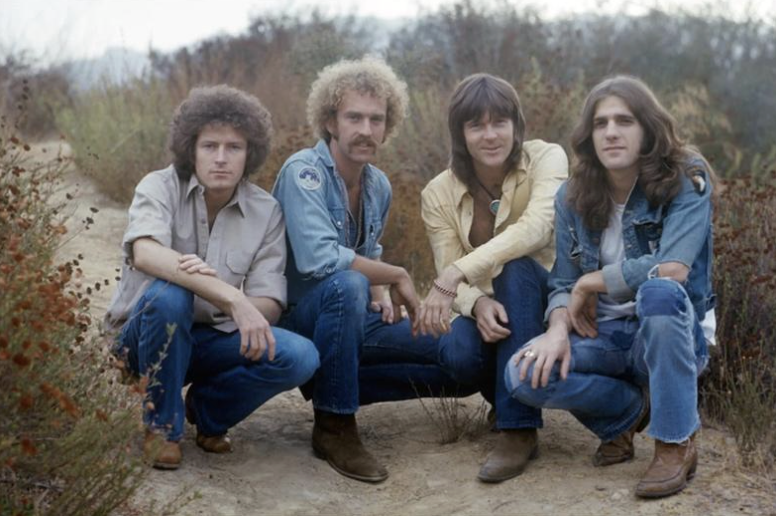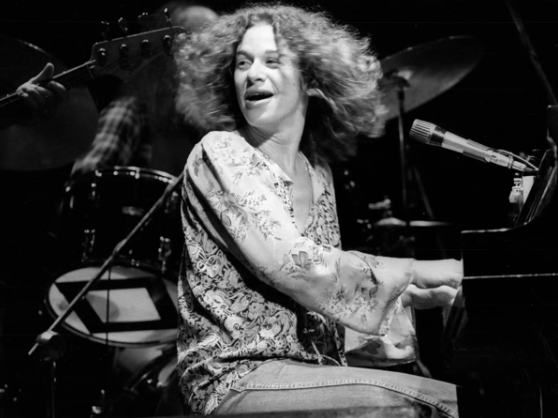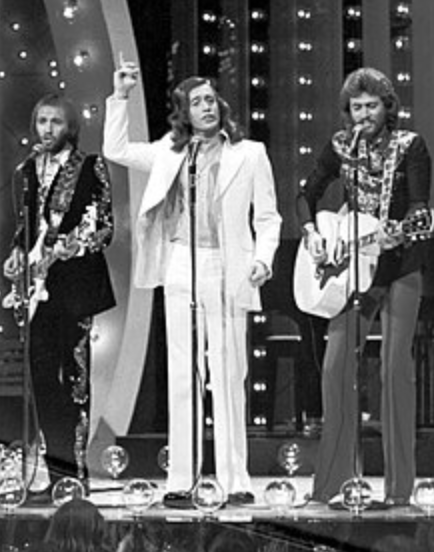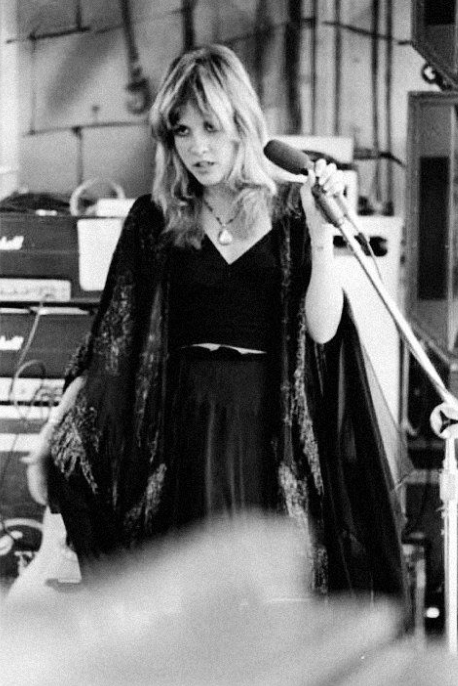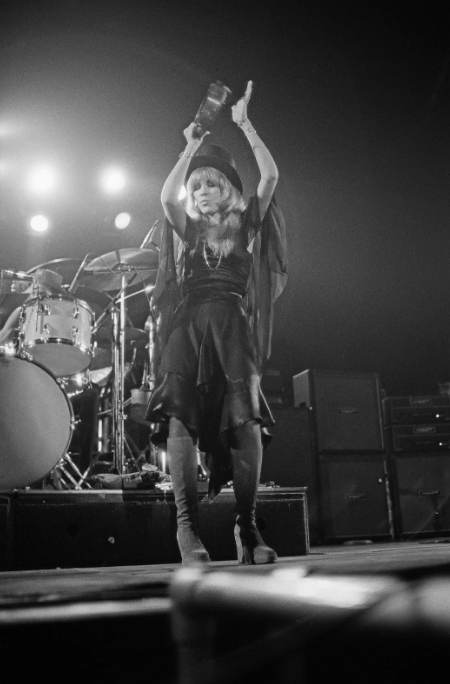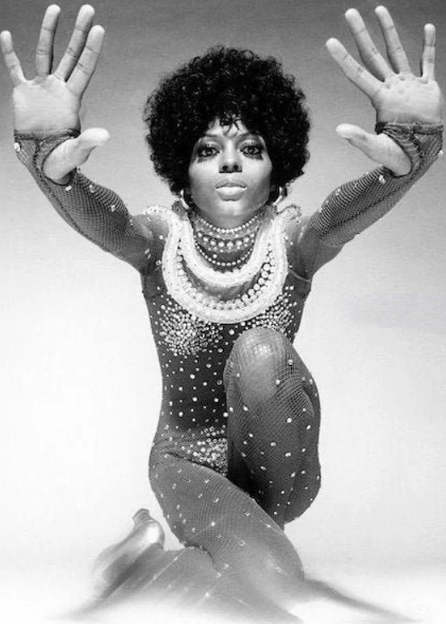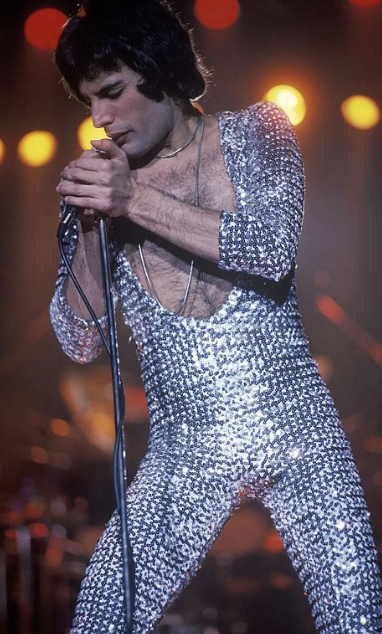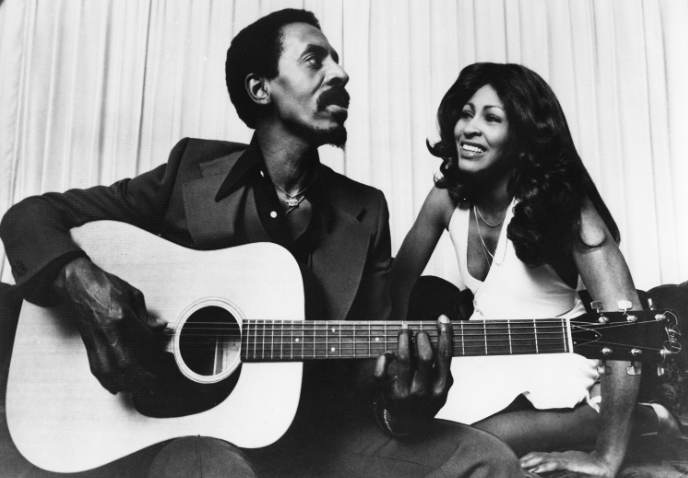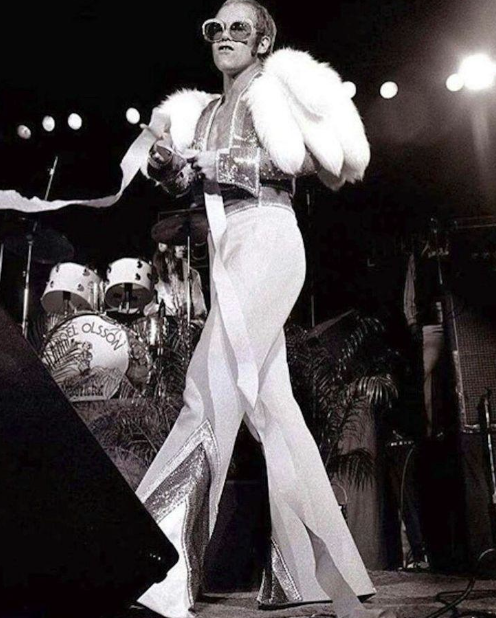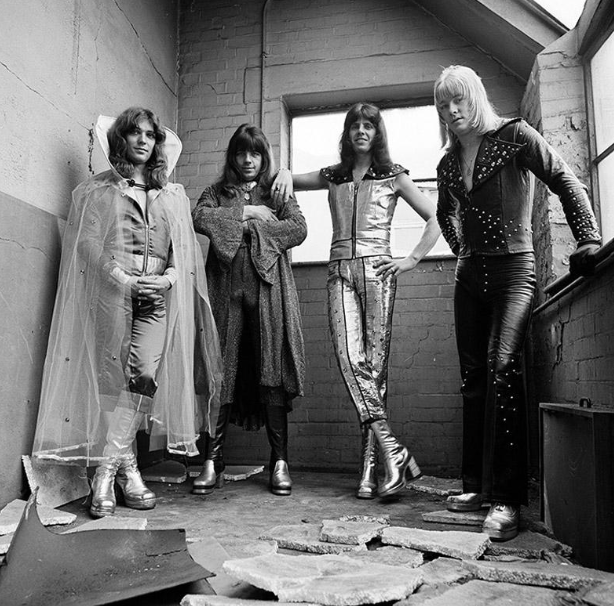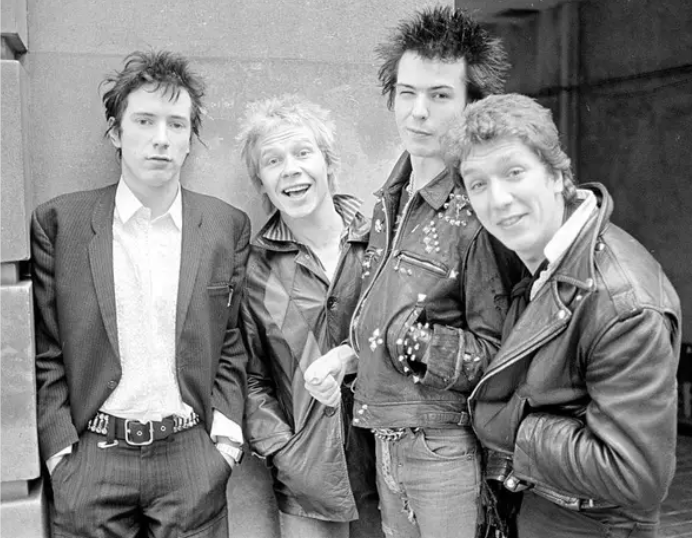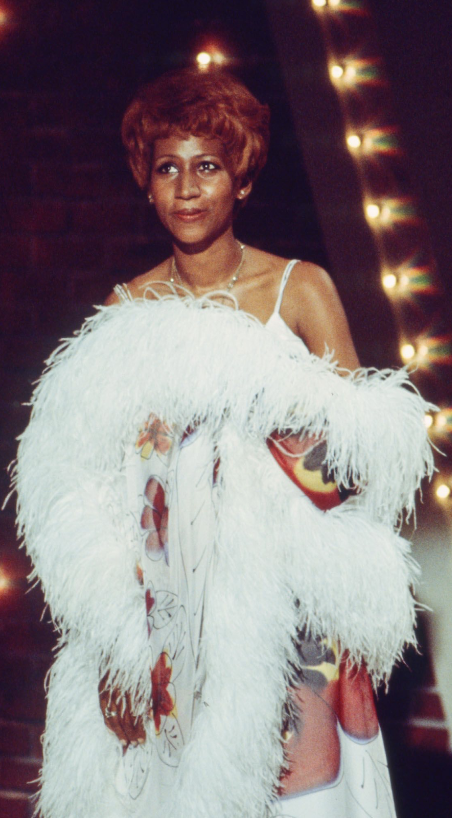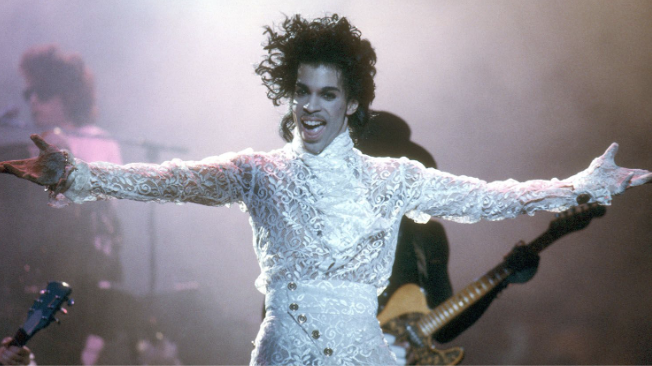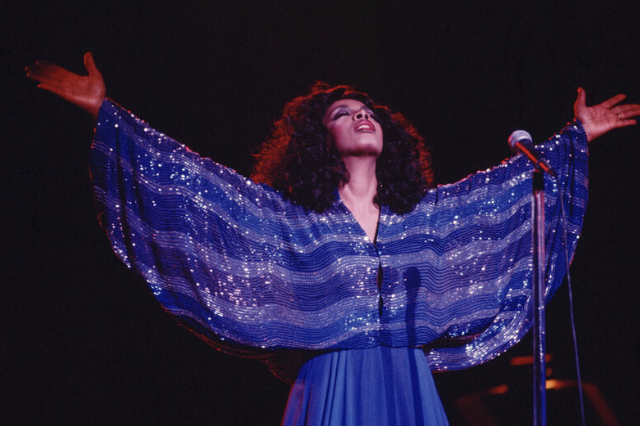The 1970s, More Than Just Music: A Fashion Era
The artistic unfolding of the 1970s played a major role in musicians’ self-expression and the spread of their values and beliefs. Not only did the music of the 1970s capture audiences’ hearts at the time, it also cast a spell on the generations to come and the world of fashion as we know it.
SOFT ROCK
Fleetwood Mac. The Eagles. The Bee Gees. The Carpenters. Carole King. Billy Joel. The list goes on. Soft rock, also known as light rock, started in the late 1960s in Southern California and the United Kingdom. Combining the music from the late 1960s’ hippie culture with new sounds of disco and lush melodies, soft rock introduced new styles of clothing that complimented the groovy feel of the music. Long hair, double denim and brown cowboy boots were staple pieces of soft rock, as popularly modeled by The Eagles.
The Eagles courtesy of Morrison Hotel Gallery
Funky bell bottom trousers, flowery and silky blouses made many appearances during artists’ performances and became statement pieces of Soft Rock, as seen on Carole King and the Bee Gees.
Throughout her solo career and her time as a band member of Fleetwood Mac, Stevie Nicks rocked the witch aesthetic and psychedelic hippie look, a genre that continued into contemporary fashion with long skirts, chunky jewelry, suede vests, and intense eye make-up. Her bohemian chic style is iconic and synonymous with flowy shawls, her statement piece.
GLAM ROCK and the early days of DISCO
Tina Turner. Diana Ross. Freddie Mercury. Elton John. David Bowie. The Sweet. A countercultural movement of the 1970s, glam rock was a stark contrast from the clean-cut style of rock of the late 1960s. This genre was strongly characterized by artists dressed in beautifully flamboyant, colorful, eccentric clothes. Think texture, patterns, motifs, intricate designs and glam at all times.
Glitter. Glamour. Grooviness. Tina Turner did it all. Known as the Queen of Rock, she rose to prominence as the lead singer of the husband-wife duo Ike & Tina Turner. The couple rocked the Glam Rock scene in the second half of the 1970s, up until Tina Turner shifted to being the Disco Queen when launching her solo career in the early 1980s.
Ike and Tina Turner, Courtesy of Rolling Stone Magazine
Artists’ unique personalities came alive on stage as they delivered incredibly energetic and wildly theatrical performances. The glam rock movement didn’t only produce incredible music that everyone loved, it offered musicians and their fans a safe space for gender fluidity and expression through music and fashion.
PUNK ROCK
Patti Smith. The Ramones. The Clash. The Sex Pistols. The Stooges. Green Day. Inspired from a sense of rebellion and rejection of the corporate nature of mainstream 1970s rock music, Punk Rock emerged in the mid-1970s with a fast-paced and hard-edged musical style. Artists of this movement did not look far for fashion inspiration: black leather jackets, unbothered hairstyles, skinny jeans were the raw go-to statement pieces. Many Punk Rock artists also embraced a DIY ethic: they produced their own records and created independent labels, and they thrifted their clothes to popularize wearing and buying worn-out pieces (or they ripped up their own clothes and covered them in pins and badges to batter them down).
SOUL and FUNK
Earth, Wind & Fire. Donna Summer. Aretha Franklin. Prince. Stevie Wonder. Kool & The Gang. The 1970s were the golden age for Soul and Funk music, an instrumental genre inspired by Blues, Jazz, Gospel, and Rock. Soul and Funk were made for dancing, and artists’ outfits definitely reflected it. Vibrant and groovy clothing pieces populated music videos and gave life to musicians’ performances and songs. And of course, high-waisted flared trousers persisted - with even more oomph than before!
Earth, Wind & Fire, Courtesy of Billboard
Artists of the Soul and Funk movement delivered just that in their music: their soul and funky tunes. But they also knew how to put on a show and bedazzle audiences across the world. Other than music, artists expressed their groove through their fashion choices. Sequins and feathers appeared often in musicians’ outfits in this genre, as seen on Aretha Franklin, Prince, and Donna Summer.
Full of colour, texture and flair, the 1970 music scene harbors myriad style icons that excite the eye to this day. Penn Students: keep these artists and their iconic looks in mind for the next time you have a decade themed party! Incorporating a Stevie-coded shawl, a low-v cut shirt or some sequins may be the crowd-pleaser the party didn’t know it needed.
Featured Image: David Bowie and Stevie Wonder, Courtesy of Pinterest

